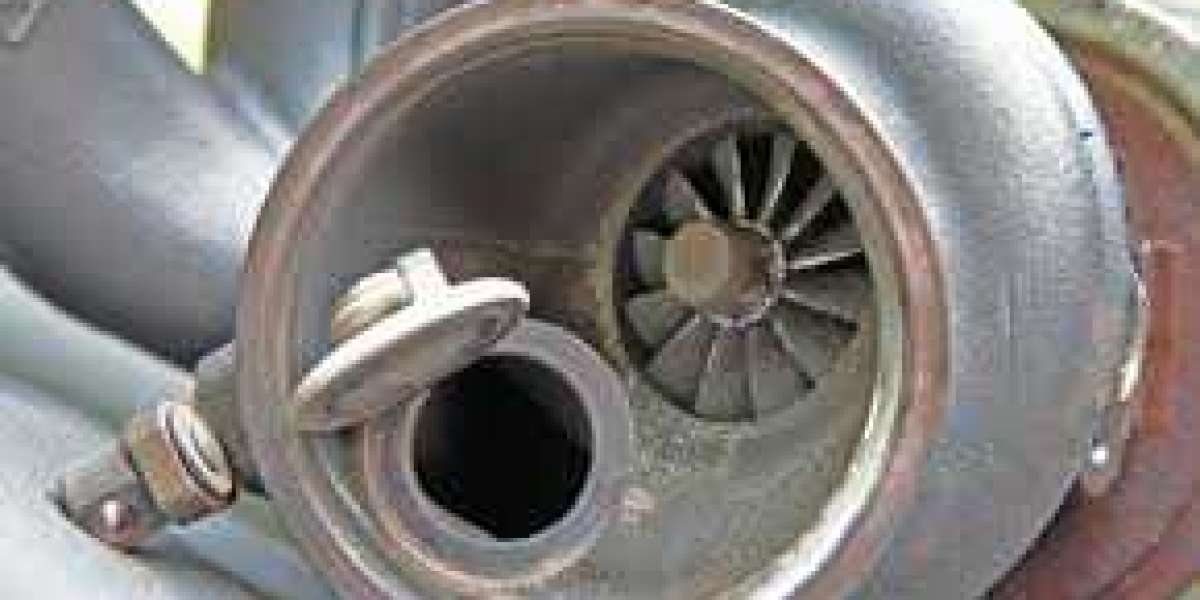The turbo wastegate is a crucial component in engine tuning. Regardless of whether you’re building a daily driver with a small turbo upgrade or a race car, understanding how the wastegate works and affects the performance of the vehicle is important in making the most out of your build. The following will cover what a turbo wastegate does during engine tuning, why you should care, and how it affects overall vehicle performance.
What Does a Turbo Wastegate Do?
We can think of this mechanical piece as a wastegate valve: a valve that regulates the amount of exhaust gas allowed through the turbine of the turbocharger. Exhaust flow is controlled by the wastegate valve, which in turn governs just how much boost pressure is created by the turbocharger. The main purpose of the wastegate valve, then, is to keep the turbo from creating too much boost. Why is this? Because by spinning a turbocharger fan too quickly, too much air is fed into the cylinders, causing engine damage.
Without a functioning wastegate, the turbo would get more and more boost pressure, building up and up, until it went bang. The engine would destroy itself. That’s where the wastegate comes in. It allows boost pressure to be maintained safely, in a range that improves performance without damaging the engine.
Wastegate and Boost Control in Engine Tuning
One of the most important aspects in engine tuning is controlling boost pressure. Whether you have a stock engine or a fully built motor, you will have to manage the amount of boost you run in order to avoid over-boosting or even worse, under-boosting.
1. Boost Targets
First, set your desired boost level; and then, you can find a wastegate that will let you nail that boost level. A customised or aftermarket wastegate can be changed to open earlier, later, wider, or hold it shut subtly.
A well-adjusted wastegate keeps the engine running at the right boost level for the right combination of power and reliability. Too much boost is just asking for detonation, engine knock or a complete engine wreck – especially on turbochargers, where it’s more likely.
2. Wastegate Springs and Boost Controllers
Wastegates use springs to control how much boost pressure has to build to open the valve. You can change the boost pressure at which the valve opens by changing the spring inside the wastegate. Many high-performance setups also use electronic boost controllers to vary the boost level in real time, giving a huge amount of control over boost pressure.
But without having the right spring for your wastegate, your tuning is pointless – you’ll choke the engine with low boost if the spring is too soft, or risk blowing your head gasket and ruining the engine if the spring is too stiff, preventing the wastegate from opening and allowing the turbo to produce dangerous over-boost.
3. Controlling Boost Spikes
You can see the boost spike near 4,000rpm Libman said: ‘Boost spikes, which happen when the turbo momentarily produces more boost than is desired, are usually caused by a delay in wastegate response. Wastegate and actuator tuning can be adjusted to minimise boost spikes to help provide smooth and consistent boost levels for more predictable powerflows.’ ‘In extreme applications, a boost spike can be downright dangerous, as it can push an engine into potentially unsafe boost levels.’
How the Wastegate Affects Turbo Response
And one of its duties is to control turbo lag, a prominent problem in any turbocharged vehicle: the quicker the wastegate opens, the sooner the turbo will ‘spool up’. The quicker it spools up, the quicker it increases boost, which in turn drives the engine.
1. Reducing Turbo Lag
Part of the art of performance tuning is to minimise turbo lag, and tuning the wastegate is very effective for that. When you design a wastegate with an opening pressure set early in the compressor map, the turbine will keep spinning at high speed. By delaying when the wastegate opens, you save boost pressure until later, thereby building more boost sooner, which translates to less time that the turbo needs to spool up before it’s really working well.
But we don’t want a little bit too much, either. If the wastegate opens too far along the curve, it can lead to what’s called boost creep, where the turbo spins up too much and over-boosts. The tune should reopen the wastegate just at the right time to give the boost response we want without putting excessive strain on the turbo.
2. Controlling Exhaust Backpressure
Another turbo response factor is exhaust backpressure. A wastegate is a valve that regulates maximum boost pressure by bypassing exhaust gases into the exhaust manifold, opening slightly during full throttle operation to prevent an increase in air pressure from stalling the engine. As with above, a reduction in backpressure can result in increased turbo response and performance.
An external wastegate upgrade along with the resulting boost in exhaust flow and reduction in back pressure can also happen if your target is a significantly modified engine that starts producing more exhaust than the stock wastegate can reliably handle.
The Impact of a Wastegate on Engine Durability
It’s obvious why most people would talk about tuning in terms of adding power. But engine durability is also essential. The wastegate has to sit in between this paradox, enabling an engine to make more power without damaging itself through excessive boosting, or rotting away from excessive exhaust back-pressure.
1. Preventing Over-Boosting
One of the main causes of damage for a turbocharged vehicle is caused when an engine over-boosts. If the pressure of the boost is too high, the engine’s performance is altered, causing detonation, blown head gaskets and blown cylinders. Once a wastegate is tuned correctly, it counteracts an engine from over-boosting.
2. Managing Heat and Exhaust Gas Temperatures
This is because the turbocharger itself generates a good deal of heat, and correct use of the wastegate helps to control how much exhaust gas flows through the turbine: especially in high-performance applications, where engines run hotter, correct flow of exhaust gasses can help prevent catastrophic failure due to operating temperatures.
An external wastegate is very desirable in high-boost applications for this reason. With an external wastegate, you can more efficiently manage exhaust gases and heat, mitigating the chance of overheating and damaging expensive components like turbo bearings.
Conclusion
A well-tuned turbo wastegate can help you realize your performance goals, both on the street and on the strip! From setting boost pressure for a stock vehicle, to providing early relief to reduce turbo lag and avoid over-boosting in a high-performance build, a properly tuned wastegate can help you reach your turbocharged goals and keep your engine running strong.



